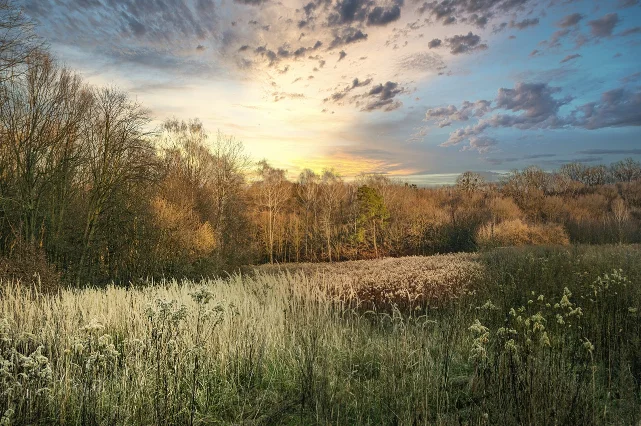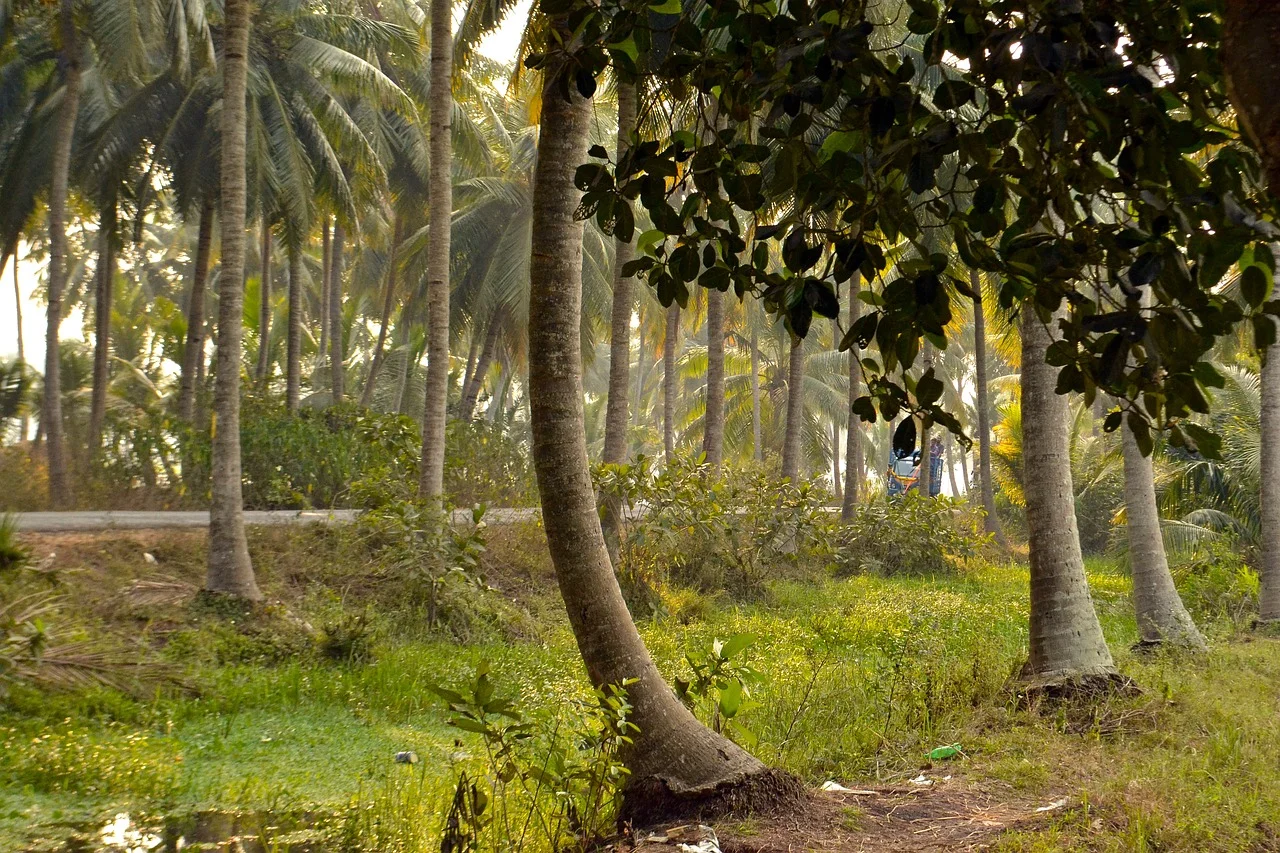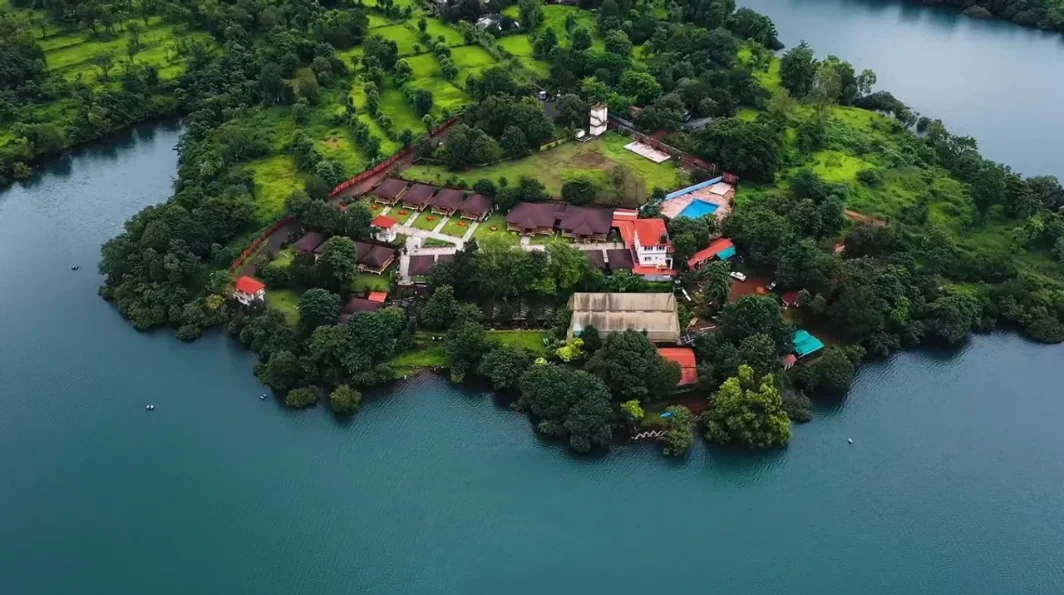Have you ever pictured yourself gliding through a serene tunnel of lush mangrove trees while riding a boat? You can enjoy this enchanting experience at Pichavaram, located near Chidambaram in the Cuddalore District of Tamil Nadu. Pichavaram boasts expansive mangrove forests that thrive in shallow waters, creating a picturesque setting for boat rides.
Described as one of India’s largest mangrove forests, Pichavaram attracts many tourists who seek to explore its beauty. Visitors have the option to rent either a rowboat or a motorboat to navigate through the mangroves, observing the intricate roots dipping into the water along the way.
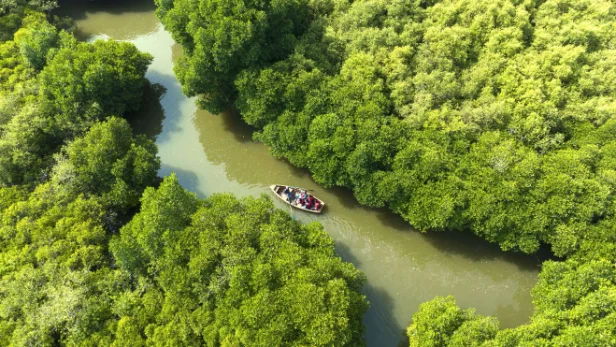
Some of the roots hang so low that you have to bend your head to avoid brushing against them.
Covering an area of 1478 hectares, the Pichavaram mangrove is situated between two significant estuaries: the Vellar estuary to the north and the Coleroon estuary to the south of the Cuddalore district. This region comprises the Killai backwater and Pichavaram mangroves, providing ample opportunities for water activities like rowing, kayaking, and canoeing.
Also Read: My Journey Building a Rustic Jungle Hideaway in Sariska Tiger Reserve: The Story of Utsav Camp

The Pichavaram mangroves are connected to the sea through a shallow passage, while numerous water channels link them with the Vellar, Coleroon, and Uppanar rivers.
Pichavaram is a paradise for nature enthusiasts and wildlife aficionados. It shelters endangered species such as spoon-billed sandpipers, olive ridley turtles, smooth-coated otters, oriental darters, spot-billed pelicans, and black-headed ibis. Moreover, it sustains over 150 plant species, 16 mammal species, 200 fish varieties, 115 bird species, 22 reptile types, 40 butterfly species, and eight amphibian species.

The mangroves not only hold aesthetic allure but also play a vital role in conserving biodiversity.
Like other mangrove wetlands, Pichavaram hosts a diverse array of flora and fauna. In 2022, it earned recognition as a Ramsar wetland of international significance. These mangroves act as natural shields during disasters, stabilize coastlines, combat erosion, and act as a barrier against the sea, aiding in climate change adaptation.
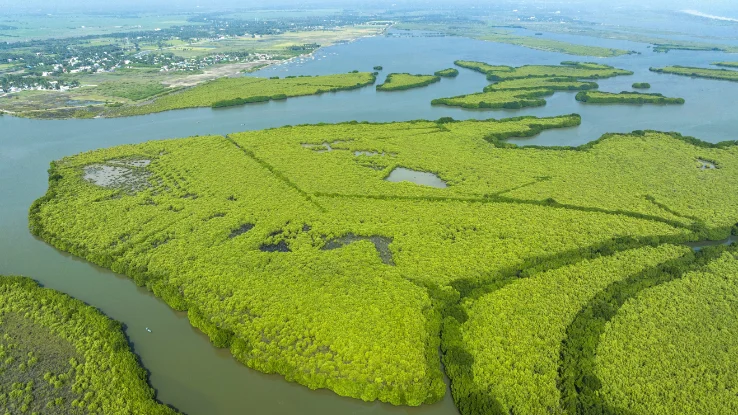
Within the Pichavaram Mangrove Forest, you’ll find a diverse range of vegetation due to its varied habitats. From dry evergreen forests to mangrove growth and salt marshes, the landscape offers a rich tapestry of plant life. This extensive mangrove area forms part of the coastal forests managed by the Cuddalore Forest Division.
Many tourists pair a visit to Pichavaram with a pilgrimage to the nearby temple town of Chidambaram, known for its iconic Nataraja complex spanning 40 acres. Additionally, Chidambaram hosts the Thillai Kali Amman Temple, Chathapuram Nathar Temple, and numerous other historical sites.


